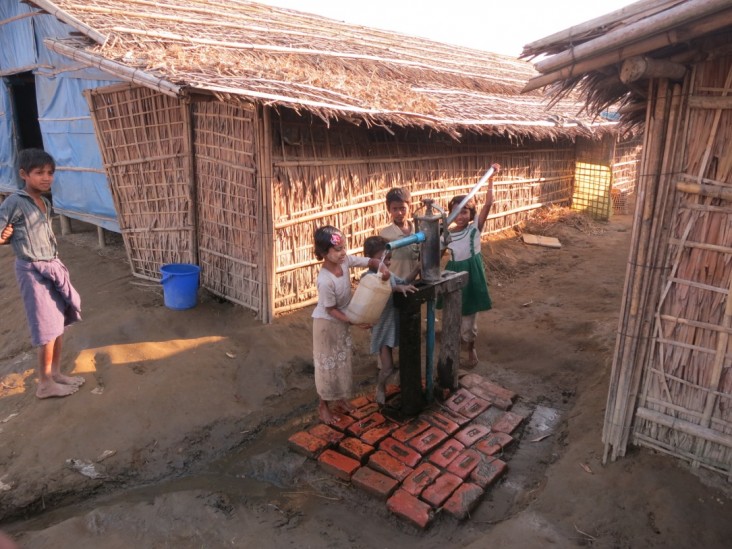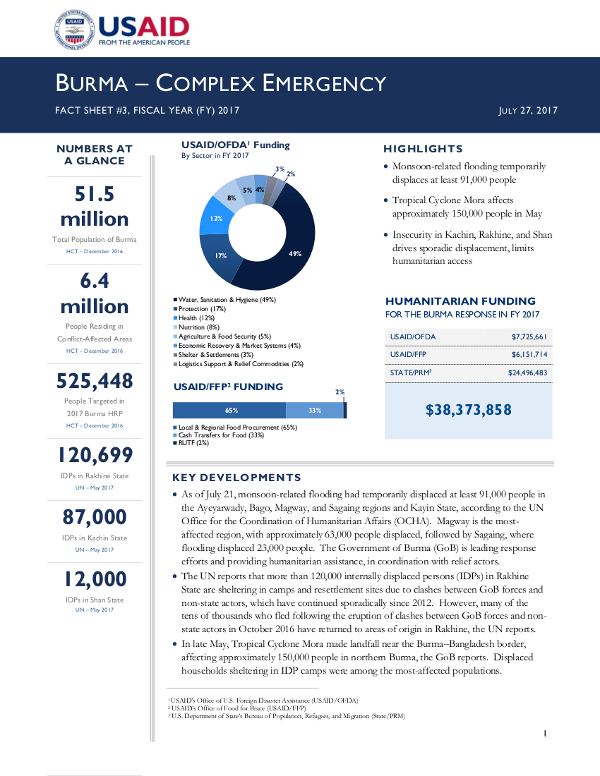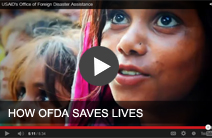- What We Do
- Agriculture and Food Security
- Democracy, Human Rights and Governance
- Economic Growth and Trade
- Education
- Ending Extreme Poverty
- Environment and Global Climate Change
- Gender Equality and Women's Empowerment
- Global Health
- Water and Sanitation
- Working in Crises and Conflict
- Disaster Assistance
- Political Transition Initiatives
- Conflict Mitigation and Prevention
- Countering Violent Extremism
- Disaster Risk Reduction
- Peacebuilding and Reconciliation
- Providing Safe & Secure Environments for Development
- Recovering From Crisis
- Resilience
- Tech Challenge for Atrocity Prevention
- World Humanitarian Day
- U.S. Global Development Lab

Latest Burma Fact Sheets
Burma Complex Emergency Fact Sheet #3 - 07-27-2017 ![]() (pdf - 280k)
(pdf - 280k)
Burma Map - 07-27-2017 ![]() (pdf - 771k)
(pdf - 771k)
view text version [pdf, 280kb]
Key Developments
As of July 21, monsoon-related flooding had temporarily displaced at least 91,000 people in the Ayeyarwady, Bago, Magway, and Sagaing regions and Kayin State, according to the UN Office for the Coordination of Humanitarian Affairs. Magway is the most-affected region, with approximately 63,000 people displaced, followed by Sagaing, where flooding displaced 23,000 people. The Government of Burma (GoB) is leading response efforts and providing humanitarian assistance, in coordination with relief actors.
The UN reports that more than 120,000 internally displaced persons (IDPs) in Rakhine State are sheltering in camps and resettlement sites due to clashes between GoB forces and non-state actors, which have continued sporadically since 2012. However, many of the tens of thousands who fled following the eruption of clashes between GoB forces and non-state actors in October 2016 have returned to areas of origin in Rakhine, the UN reports.
In late May, Tropical Cyclone Mora made landfall near the Burma–Bangladesh border, affecting approximately 150,000 people in northern Burma, the GoB reports. Displaced households sheltering in IDP camps were among the most-affected populations.
Background
Ongoing conflicts in multiple states of Burma have resulted in increased internal displacement and humanitarian needs in recent years. In June 2011, a ceasefire between the GoB and the KIO broke down, leading to an upsurge in conflict and associated displacement. In western Burma’s Rakhine State, several bouts of ethnic clashes starting in June 2012 resulted in casualties, property damage, and internal displacement. In Mandalay Region, clashes between Buddhist and Muslim residents of Meiktila city in March 2013 resulted in significant displacement and property damage in Meiktila and surrounding areas.
In addition, Burma faces a number of natural hazards, particularly cyclones, floods, and earthquakes. In May 2008, Cyclone Nargis made landfall in Burma’s Irrawaddy Delta, killing more than 84,000 people and devastating Burma’s agriculture sector and fishing industry.










Comment
Make a general inquiry or suggest an improvement.